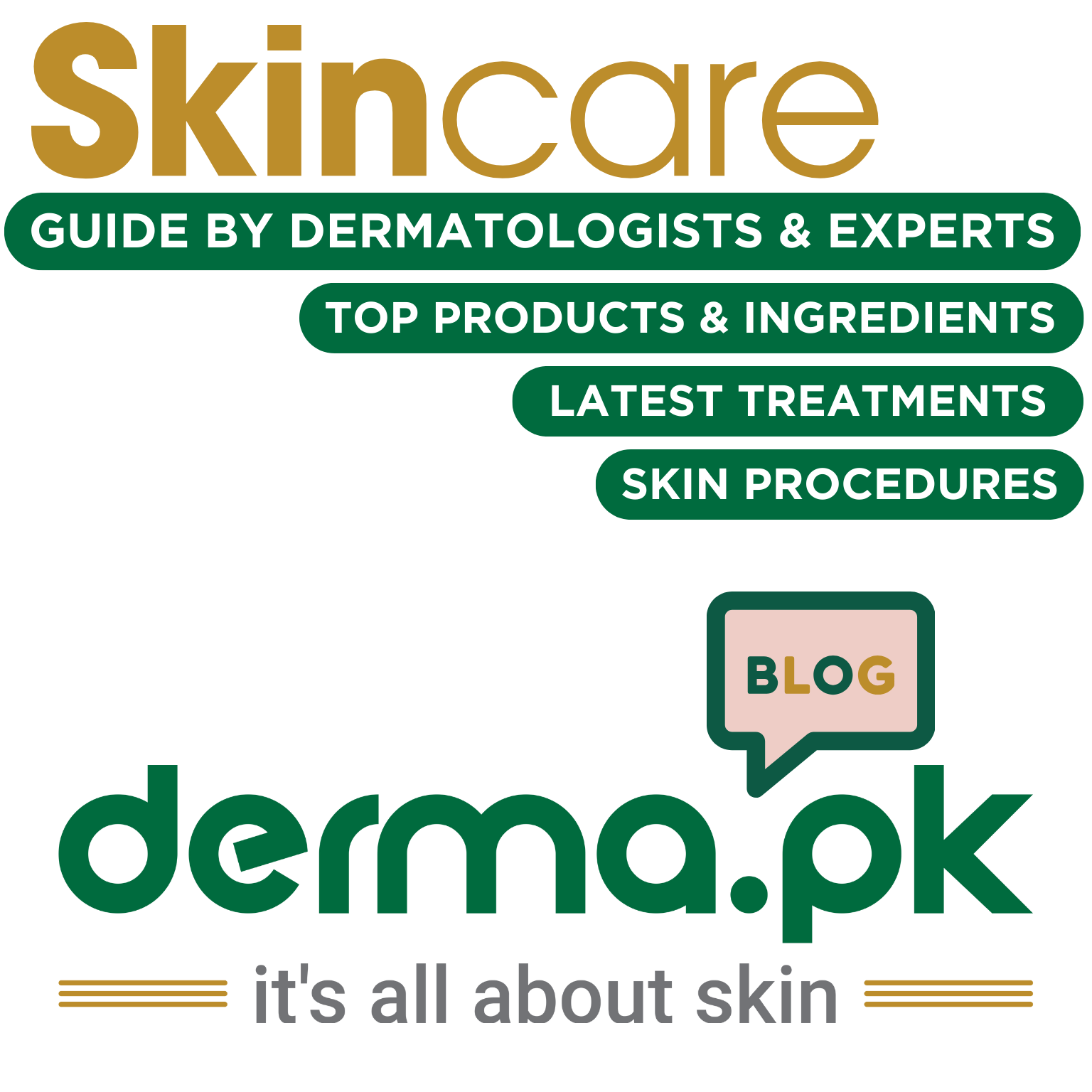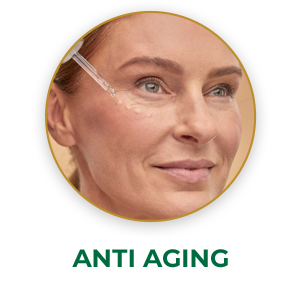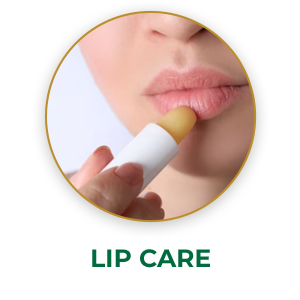Lichen Planus is an autoimmune skin condition that causes an itchy rash and inflammation. It can affect the skin, nails, scalp, genital area, and inside of the mouth, although the skin is the most commonly involved site.
Causes:
While the exact cause of remains a mystery, we have insights into some potential contributors and triggers:

Immune System Involvement:
- Autoimmune Reaction: Not officially classified as an autoimmune disease, but it involves a similar mechanism. In healthy individuals, T cells identify and attack foreign invaders. It’s believed that T cells mistakenly attack healthy skin or mucous membrane cells.
Possible Triggers:
- Hepatitis C Infection: This viral infection can act as a trigger for lichen planus, though not everyone with Hepatitis C develops the skin condition.
- Medications: Specific medications, like those for high blood pressure, diabetes, heart disease, and malaria, might trigger it in some individuals.
- Dental Fillings: Allergic reactions to metals in dental fillings are a possible trigger, particularly for oral lichen planus.
- Stress: While not conclusively proven, some research suggests stress may exacerbate existing lichen planus or influence flare-ups.
- Trauma to the Skin: Injuries or wounds to the skin might trigger localized lichen planus development in rare cases.
Other Factors:
- Genetics: There may be a genetic predisposition to lichen planus, with family history increasing the risk.
- Age and Sex: Typically affects middle-aged adults, with women slightly more predisposed than men.
Important Points:
- Lichen planus is not contagious.
- Identifying triggers can help manage the condition and potentially prevent flare-ups.
- Treatment focuses on symptom management and preventing complications.
Types of Lichen planus:
A chronic inflammatory skin condition that can manifest in various ways, each with its own distinct features. Here’s a breakdown of the different types:

Cutaneous Lichen Planus:
- This is the most common type, affecting the skin.
- It presents with flat, violaceous, polygonal papules with Wickham’s striae (fine white streaks).
- Common locations include wrists, ankles, inner thighs, and lower back.
Oral Lichen Planus:
- Affects the mucous membranes inside the mouth.
- Presents with lacy white patches, sometimes with red, painful sores.
- Can increase the risk of oral cancer if left untreated.
Nail Lichen Planus:
- Affects the fingernails and toenails.
- Causes thinning, ridging, pitting, discoloration, and even nail loss.
Lichen Planopilaris:
- Affects the scalp, causing hair loss in patches.
- Hair loss can be permanent in some cases.
Genital Lichen Planus:
- Affects the genitals, causing bright red, painful erosions and scarring.
- Can significantly impact intimacy and quality of life.
Other less common types:
- Actinic Lichen Planus: Triggered by sun exposure.
- Bullous Lichen Planus: Characterized by blisters.
- Hypertrophic Lichen Planus: Thickened, verrucous plaques.
- Atrophic Lichen Planus: Thinning of the skin with scarring.
Symptoms of Lichen planus:
Symptoms can vary depending on the affected area, but here’s a breakdown of the most common manifestations:

Skin:
- Purple-red, flat, itchy bumps: These typically have a characteristic “violaceous” color and a polygonal shape.
- Fine white streaks (Wickham’s striae): These delicate white lines appear across the bumps, particularly on flexor surfaces like wrists and ankles.
- Thicker, scaly patches: Often seen on ankles and shins, these patches can cause itching and discomfort.
- Erosions and blisters: Occasionally, especially with severe cases, the bumps can break open, forming painful sores and blisters.
Nails:
- Thinning and brittleness: The nails become prone to splitting and chipping.
- Ridging and pitting: Tiny grooves and indentations appear on the nail surface.
- Discoloration: White, yellow, or brown streaks or patches may develop.
- Nail loss: In severe cases, nails can become completely detached from the nail bed.
Scalp:
- Redness and irritation: The scalp may feel sore and itchy, with tiny bumps appearing.
- Hair loss: Scalp lichen planus can lead to patches of hair loss, which may be permanent in some cases.
Genitals:
- Bright red, painful erosions: This can cause significant discomfort and affect intimacy.
- Scarring: Lichen planus in the genital area can leave permanent scarring if left untreated.
Mouth:
- Lacy white patches: These typically appear on the inner cheeks, tongue, or gums.
- Oral sores: Sometimes, the white patches can develop into red and painful ulcers.
- Burning sensation: Oral lichen planus can cause a burning or stinging sensation in the mouth.
- Increased risk of oral cancer: In rare cases, long-term oral lichen planus can increase the risk of oral cancer.
Additional symptoms:
- Itching: This is often the most prominent symptom, ranging from mild to severe.
- Fatigue: Some people may experience general tiredness and lack of energy.
- Headaches and joint pain: In rare cases, these can occur along with skin and mucosal involvement.
Remember, these are just the most common symptoms, and individual experiences can vary. If you suspect, it’s crucial to consult a doctor for proper diagnosis and personalized treatment.
Diagnosis of Lichen planus:
Diagnoses typically involves a two-pronged approach: thorough examination and, in some cases, additional tests.

1. Medical history and physical examination:
- Your doctor will discuss your symptoms, including itching, rash location, duration, and any potential triggers.
- A detailed examination of the affected areas, like skin, nails, scalp, genitals, or mouth, will be conducted.
- Characteristic features like violaceous flat-topped papules, Wickham’s striae (fine white streaks), nail thinning and ridging, or oral white patches can provide strong clues.
2. Additional tests:
- Biopsy: This is often the definitive step, especially for atypical presentations or if other conditions need to be ruled out. A small sample of tissue from the affected area is extracted and examined under a microscope for specific cellular and structural changes characteristic of lichen planus.
- Blood tests: While not directly diagnostic, these might be ordered to rule out underlying conditions like hepatitis C or autoimmune diseases.
- KOH scraping: This simple test may be done for oral lichen planus to rule out fungal infections.
Diagnoses usually doesn’t require extensive investigations. In classic cases with visible characteristic features, a physical examination may suffice. However, additional tests become more crucial when the presentation is atypical, involves mucous membranes, or needs to be differentiated from other skin conditions.
Here are some additional points to remember:
- Early diagnosis is crucial for prompt symptom management and preventing potential complications.
- Consulting a qualified dermatologist can ensure accurate diagnosis and proper treatment planning.
- Self-diagnosis based on online information is not recommended, as other skin conditions can mimic lichen planus.
Treatment of Lichen planus:
Lichen planus doesn’t have a cure, but treatment focuses on managing symptoms and preventing complications. The approach depends on the severity and location of the affected area. Here’s a breakdown of the common treatment options:

Mild Cases:
- Topical corticosteroids: These creams or ointments reduce inflammation and itching. Potency varies depending on the severity.
- Emollients: Moisturizers like lotions or creams soothe the skin and prevent dryness.
- Antihistamines: Oral medications like Benadryl help alleviate itching.
Moderate to Severe Cases:
- Oral corticosteroids: Prednisone is a potent anti-inflammatory medication for extensive or severe cases.
- Calcineurin inhibitors: Topical medicines like tacrolimus and pimecrolimus suppress the immune system activity at the skin level.
- Light therapy (PUVA): Ultraviolet B light combined with a photosensitizing medication can be effective for widespread or resistant cases.
- Retinoids: Topical or oral medications like tretinoin help reduce inflammation and improve skin texture.
Oral Lichen Planus:
- Topical corticosteroids: Oral sprays or gels directly target the affected areas.
- Corticosteroid injections: For severe cases, targeted injections offer relief.
- Immunosuppressant medications: Oral medications like cyclosporine or azathioprine can be used for severe or widespread oral lichen planus.
Genital Lichen Planus:
- Topical corticosteroids: Potent ointments or creams are applied cautiously to avoid thinning the delicate genital skin.
- Intralesional steroid injections: Targeted injections offer effective relief.
- Immunosuppressant medications: Used in severe cases with careful monitoring due to potential side effects.
Additional notes:
- Treatment duration varies depending on the severity and response.
- Managing triggers like stress or certain medications can help prevent flare-ups.
- Maintaining good hygiene and gentle skincare routines are crucial for comfort and preventing infections.
- Regular follow-up visits with your doctor are essential for monitoring progress and adjusting treatment as needed.
https://blog.derma.pk/
Final thoughts:
Lichen planus, while not a life-threatening condition, can significantly impact comfort and quality of life. While the exact cause remains a mystery, its various manifestations on skin, nails, scalp, genitals, and mouth can be managed effectively with diverse treatment options. Early diagnosis and personalized care are crucial for managing symptoms, preventing complications, and ensuring a comfortable life.
Derma and Dental Clinic:
Derma & Dental Clinic stands out with its team of experienced doctors backed by scientific evidence in their chosen fields. Their diverse range of medical-grade procedures offer tailored solutions for various skin and dental needs. You can confidently book your consultation online or by phone and embark on your journey towards healthier skin and a radiant smile.
Location: Bahria Town, Lahore
Specialties: Dermatology and Dental Care
Website: Derma.pk
For Consultation:
- Online at Dermatology.pk
- WhatsApp: +923205999650
- Phone: 03041115000




















I really got into this article. I found it to be interesting and loaded with unique points of interest. I like to read material that makes me think. Thank you for writing this great content.
[…] Don’t Scratch That! The Itch of Lichen Planus […]